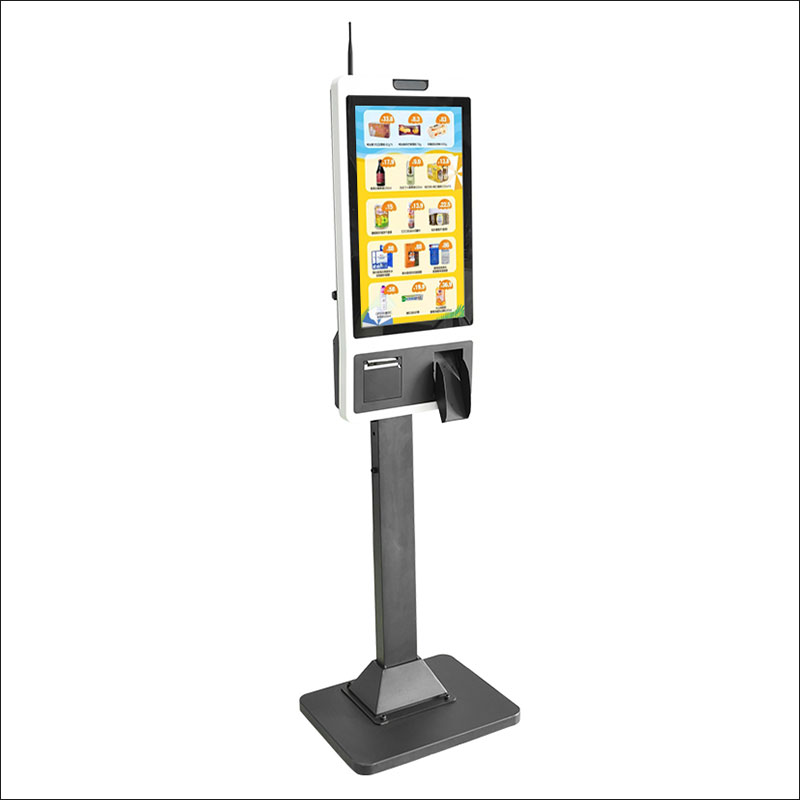Key features and aspects of a Supermarket Self Service Payment Kiosk
2024-03-07
A Supermarket Self Service Payment Kiosk is a technological solution designed to streamline the checkout process for customers in supermarkets and retail environments. These kiosks are part of the broader trend toward self-service technology in the retail industry, providing customers with a convenient and efficient way to pay for their purchases. Here are key features and aspects of a Supermarket Self Service Payment Kiosk:
1. User-Friendly Interface:
- The kiosk is equipped with a user-friendly interface that allows customers to easily navigate through the payment process. Touchscreens, intuitive menus, and clear instructions contribute to a seamless user experience.
2. Barcode Scanning:
- Customers can scan the barcodes of their items using built-in scanners. This allows the kiosk to identify the products, retrieve their prices from the database, and facilitate the checkout process.
3. Product Recognition:
- Some advanced kiosks are equipped with technology for recognizing products even without barcodes. This may involve image recognition or weight sensing to identify items placed on the payment area.
4. Multiple Payment Options:
- Supermarket self-service payment kiosks typically accept various payment methods, including credit cards, debit cards, mobile payments, and sometimes cash. This flexibility caters to diverse customer preferences.
5. Cash Handling (Optional):
- In some regions, self-service payment kiosks may include a cash handling component, allowing customers to insert banknotes or coins. The kiosk will calculate the change and complete the transaction.
6. Bagging Area:
- A designated area is provided for customers to place their purchased items after scanning. The kiosk uses weight sensors to ensure that all scanned items are correctly accounted for before completing the payment.
7. Promotions and Discounts:
- The kiosk can display ongoing promotions, discounts, or loyalty program information. Customers may have the option to apply relevant discounts to their purchases.
8. Receipt Generation:
- Once the payment is processed, the kiosk prints or digitally sends a receipt to the customer. Digital receipts may be sent via email or generated as QR codes for scanning.
9. Security Features:
- Security measures, such as surveillance cameras and anti-tampering mechanisms, are often integrated to prevent fraudulent activities and ensure a secure payment environment.
10. Multilingual Support:
- To cater to diverse customer demographics, self-service payment kiosks may offer multilingual support, allowing users to navigate the interface in their preferred language.
11. Remote Monitoring and Maintenance:
- The kiosk system may include remote monitoring capabilities, allowing store staff to address issues, perform updates, or provide assistance remotely.
12. Accessibility Features:c
- Consideration for accessibility features, such as adjustable height and screen readability for people with disabilities, enhances the inclusivity of self-service kiosks.
The implementation of Supermarket Self Service Payment Kiosks aims to improve customer convenience, reduce checkout wait times, and enhance overall efficiency in the retail setting. It's essential for retailers to provide proper user training and support to ensure a positive experience for customers using these self-service solutions.



